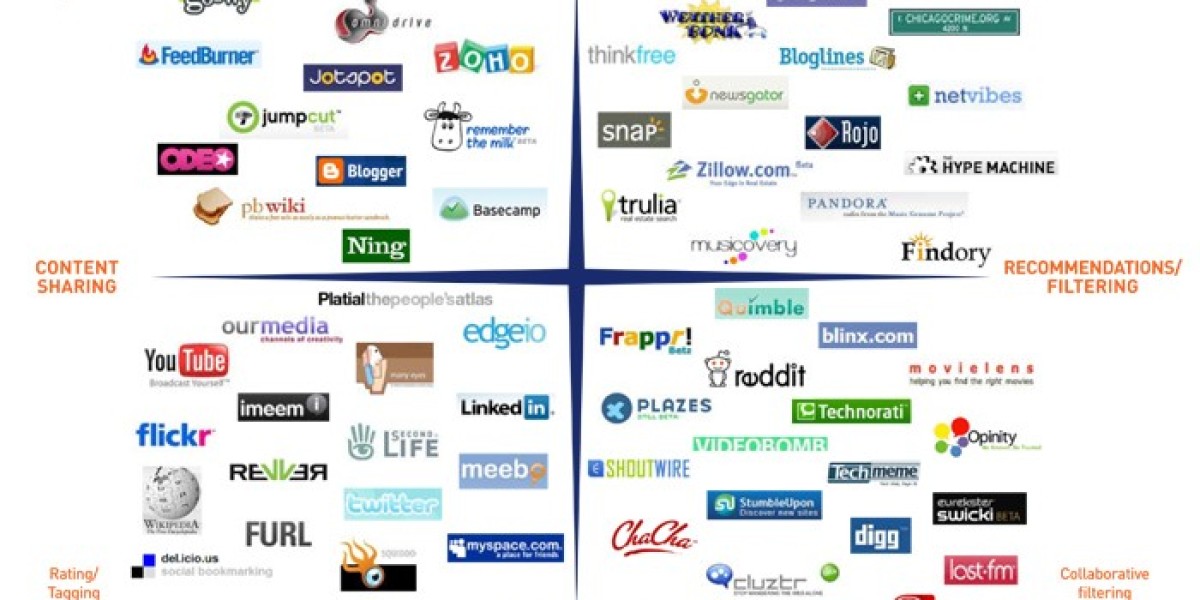The plastic crisis is no longer a distant concern. It’s a business reality, a regulatory challenge, and for the prepared, a rare opportunity to innovate. As regulations tighten and consumer expectations evolve, EPR for plastic waste management has emerged not just as an environmental requirement but as a defining pillar of business strategy. Those who view it narrowly as a compliance checkbox are missing the larger transformation at play.
Plastic is everywhere. It wraps our products, secures our logistics, and shapes our branding. But once it leaves the hands of the consumer, it becomes invisible to most companies. Extended Producer Responsibility forces brands to keep their eye on that plastic, long after it has served its immediate purpose. In doing so, it creates a unique opportunity to rethink how plastic is used, tracked, recovered, and even replaced.
What is unfolding in the name of EPR is actually a quiet revolution in how businesses interact with the materials they depend on. The rules are not just changing—they are reshaping the relationships between producers, consumers, recyclers, and the environment.
The shift begins with accountability. Under EPR for plastic waste management, producers are responsible for collecting and processing a percentage of the plastic they introduce into the market. On paper, that sounds straightforward. In practice, it forces an organization to build reverse supply chains, develop partnerships with recyclers, invest in data systems, and most importantly, design their packaging and distribution with recovery in mind.
This reverse view of the supply chain is where the real value lies. Companies now have to ask difficult questions. Can this packaging be recycled in the real world, not just in theory. Can we track its end-of-life journey. Can we create incentives for customers and vendors to return it. These questions lead to smarter design, reduced costs, and stronger supply ecosystems.
But the evolution does not stop at plastic. EPR is becoming the blueprint for how we manage all types of post-consumer waste—from electronics to batteries to textiles. And plastic, because of its omnipresence and urgency, is the sector where these systems are being tested most intensely.
For businesses that understand this, EPR is not a limitation—it is a lever for innovation. It opens up space to collaborate with waste aggregators and recyclers, to explore biodegradable alternatives, to build digital tracking tools, and even to communicate with customers in new, transparent ways. In a market that increasingly rewards circularity and authenticity, these capabilities matter.
EPR also presents an opportunity to build entirely new service models. Consider how some companies are offering refill programs, packaging take-back initiatives, and incentives for customers who return plastic. These models not only support EPR compliance but also build brand loyalty and reduce long-term material costs. What began as a regulatory obligation can evolve into a competitive advantage.
At the center of this evolution are the systems and partners that make EPR execution possible. The right advisory team can help navigate the complexity—from calculating recycling targets to onboarding Producer Responsibility Organizations, from filing compliance documents to identifying credible recycling channels. Execution is everything. Without it, EPR remains a paper promise. With the right systems in place, it becomes a driver of credibility, performance, and long-term growth.
EPR for plastic waste management is more than just a policy. It is the foundation for a circular economy that aligns profit with sustainability. For those willing to invest in the shift, it offers something rare in today’s regulatory climate—a path to compliance that also builds capability.
And in a world where brands are increasingly held accountable for their environmental footprint, capability is currency.
Whether you are a small producer or a large manufacturer, EPR is no longer optional. But it is also not a burden. It is a new operating system for businesses who want to stay relevant, responsible, and resilient.








